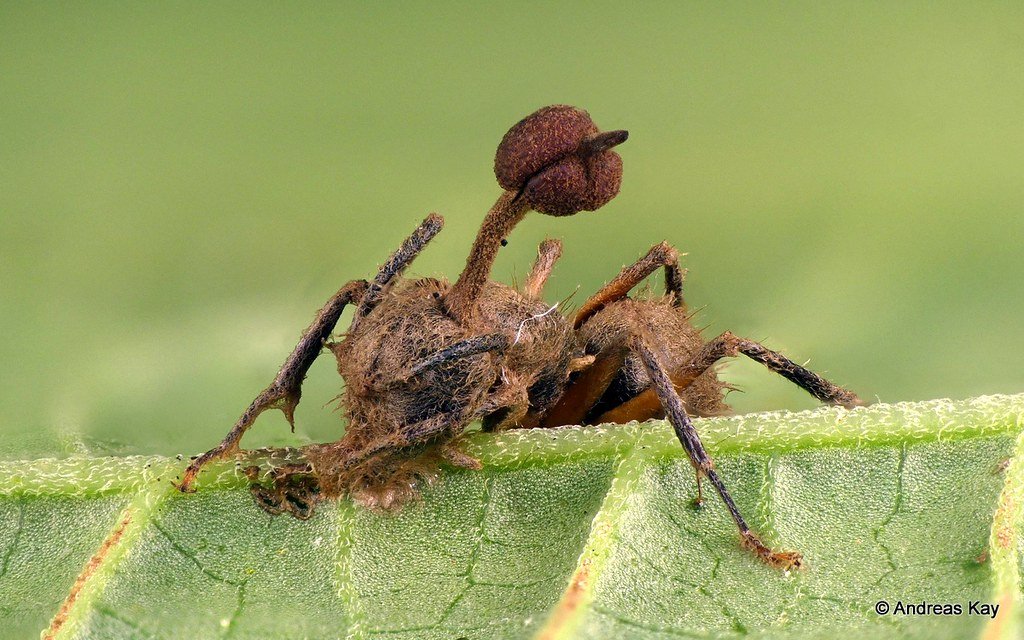Imagine walking through a lush rainforest, sunlight trickling through thick leaves, when suddenly you spot an ant climbing to the tip of a branch—moving with eerie determination. Moments later, the insect clamps its jaws onto the wood, frozen in an unnatural pose. It’s not just resting. It’s a puppet, controlled by one of nature’s most insidious masterminds: Ophiocordyceps. This isn’t a scene from a horror movie; it’s a real-life drama playing out in forests across the globe, a story where tiny creatures become unwilling marionettes in the fungus’s relentless quest to survive and spread. The chilling, almost science-fiction reality of Ophiocordyceps has fascinated scientists and nature lovers alike, revealing the astonishing—and sometimes terrifying—power of nature’s smallest organisms.
Meet Ophiocordyceps: The Master Manipulator
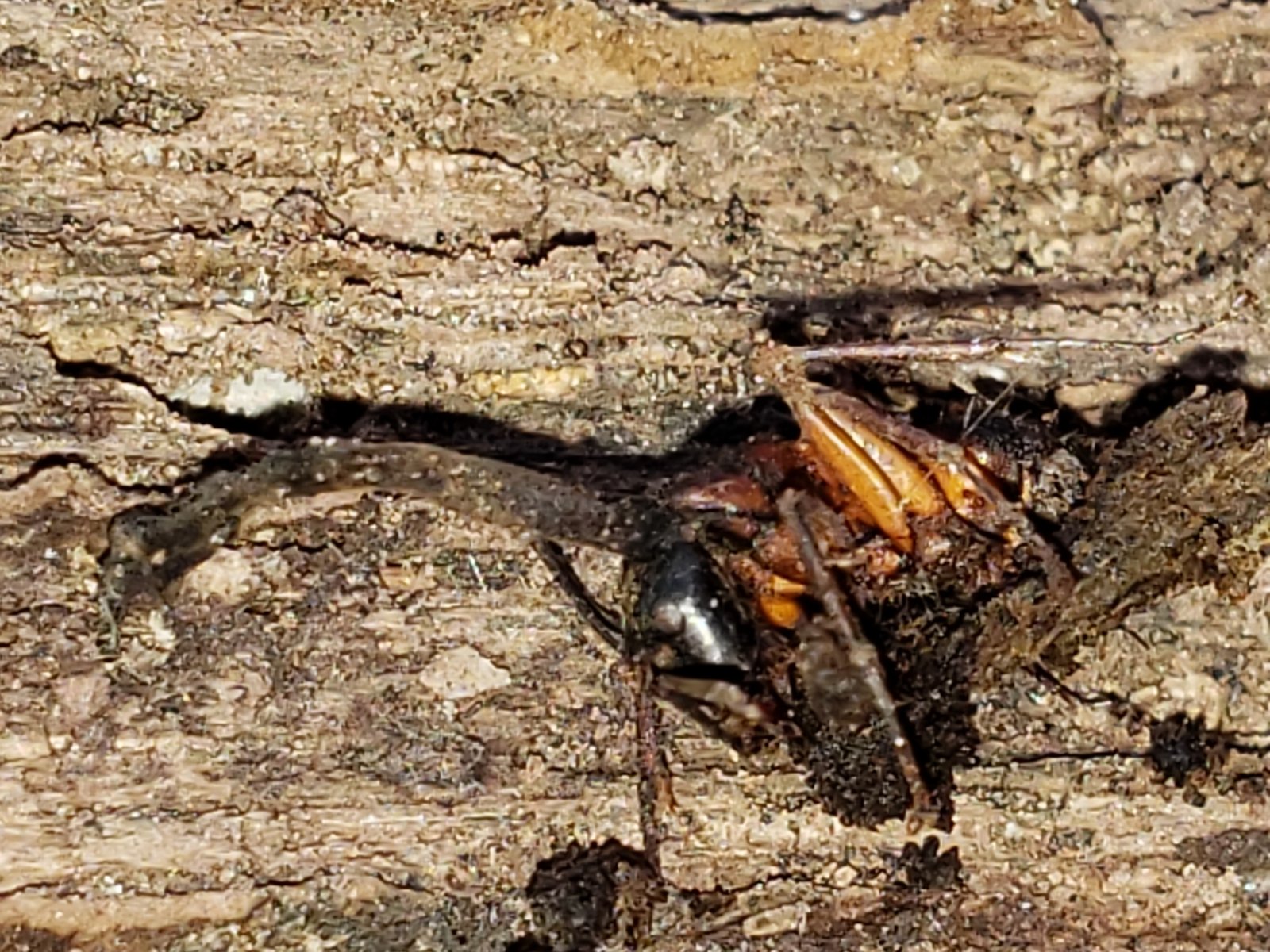
Ophiocordyceps is a genus of parasitic fungi that targets insects, especially ants, but also spiders and other arthropods. These fungi are found primarily in tropical rainforests, where the humid, warm environment provides the perfect breeding ground for their extraordinary life cycle. What makes Ophiocordyceps stand out is its ability to manipulate the minds and bodies of its hosts. By hijacking an insect’s nervous system, it takes control in a way that seems almost supernatural. While many parasites influence their hosts, Ophiocordyceps has evolved a uniquely sophisticated strategy, making it a true standout in the natural world.
The Infection Begins: Silent Invasion
The saga starts when a spore from Ophiocordyceps lands on an unsuspecting insect, usually while it’s foraging on the forest floor or climbing in the undergrowth. The spore clings to the insect’s exoskeleton, slowly dissolving its way inside with a combination of enzymes and pressure. Once inside, the fungus doesn’t immediately kill its host. Instead, it quietly grows, spreading thread-like structures called hyphae throughout the insect’s body. For days, the infected insect goes about its normal activities, completely unaware that it’s harboring a silent, lethal invader.
Hijacking the Mind: The Puppet Master at Work
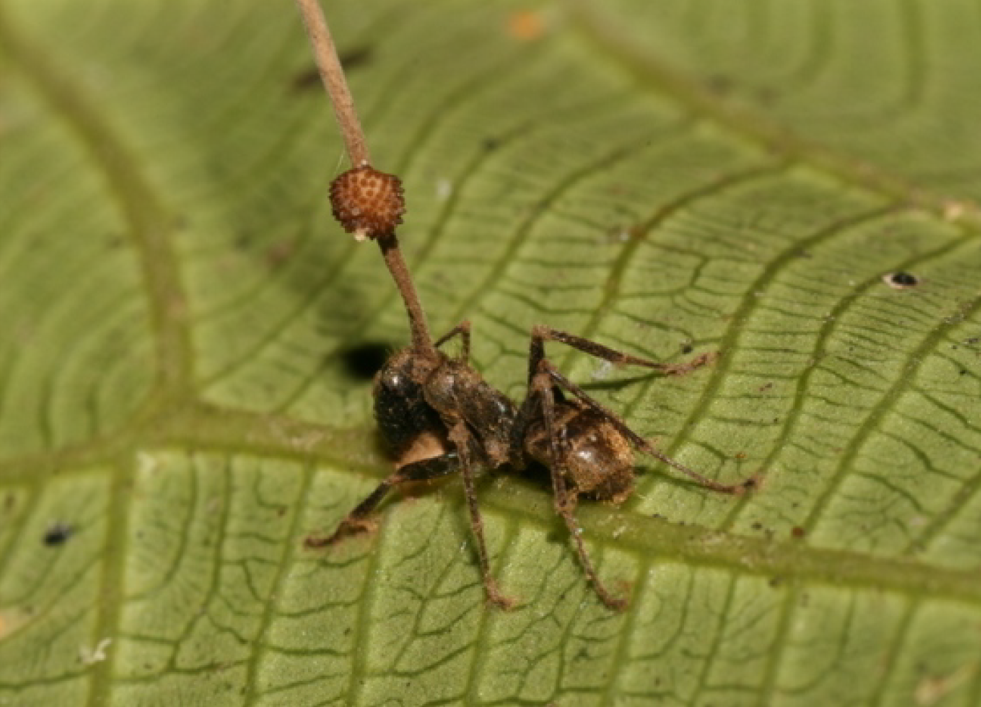
As the fungus matures, it releases chemicals that alter the host’s behavior. In the case of the infamous “zombie ant,” the insect is compelled to leave its colony and climb vegetation, often to a carefully chosen height and location that maximizes the fungus’s chances of spreading. Scientists believe Ophiocordyceps produces mind-altering compounds that directly affect the ant’s brain and nervous system, though the exact mechanisms are still being uncovered. This mind control is so precise that it has been called one of nature’s most astonishing feats of parasitic manipulation.
The Death Grip: A Gruesome Finale
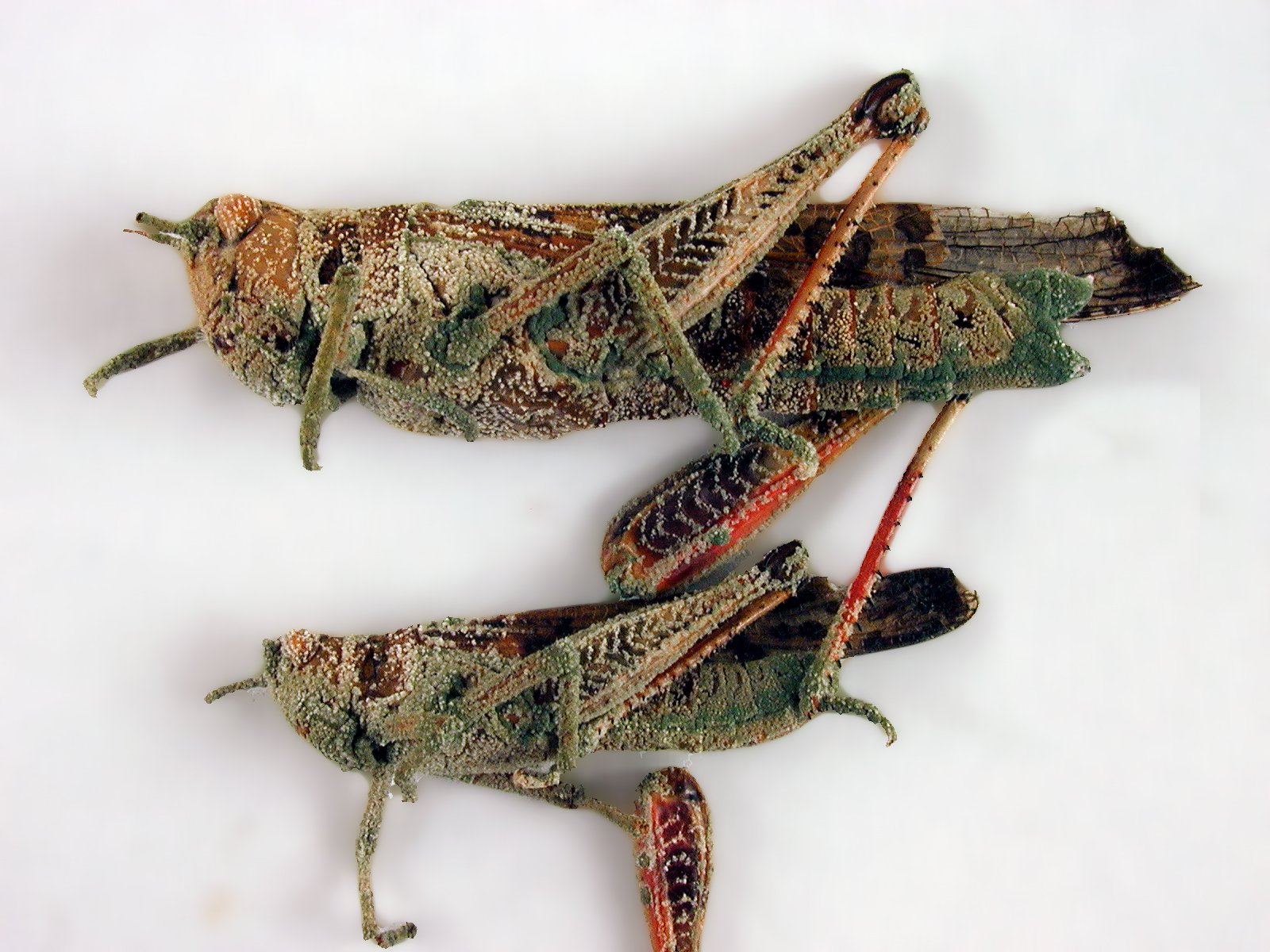
Once the infected insect reaches the perfect spot—usually a leaf or twig—it clamps down tight with its jaws or legs, locking itself in place. This “death grip” is the final act of the host’s life, as the fungus rapidly consumes the insect from the inside out. The grip is so strong and steadfast that even in death, wind and rain cannot easily dislodge the tiny corpse. This position is not random; it’s carefully orchestrated by the fungus to provide the best environment for its next stage of growth.
The Fruiting Body: Nature’s Grim Spectacle
After the host dies, Ophiocordyceps erupts from the insect’s body, often bursting through the head or back in a grotesque yet fascinating display. The fruiting body—a stalk-like structure—grows quickly, sometimes reaching several centimeters in length. This structure is packed with spores, ready to be released into the environment. The sight of these fungal stalks poking out of ant corpses is both shocking and mesmerizing, a vivid reminder of nature’s cycles of life and death.
Spreading the Infection: The Fungal Life Cycle

With the fruiting body fully formed, Ophiocordyceps releases thousands of new spores into the air. These microscopic particles float down to the forest floor, waiting to land on another unlucky insect. The cycle begins anew, with each spore holding the potential to create another zombie. This relentless strategy ensures the fungus’s survival, and over time, it can decimate entire local populations of its chosen hosts. The cycle is both brutal and beautifully efficient, a testament to the evolutionary arms race between parasite and prey.
Real-World Examples: When Fiction Meets Reality
The story of Ophiocordyceps has inspired countless tales in popular culture, from video games to movies. Yet the real-world phenomenon is just as dramatic as any fiction. In the forests of Brazil and Thailand, for example, researchers have observed entire “graveyards” of zombie ants, each one a testament to the fungus’s power. Scientists have even documented multiple species of Ophiocordyceps, each targeting specific insects and displaying slight variations in their mind-control tactics. This diversity adds another layer of fascination to an already astonishing story.
Ecological Impact: Balance and Brutality
While the idea of zombie insects might seem horrifying, Ophiocordyceps plays a key role in the ecosystem. By keeping insect populations in check, the fungus helps maintain balance in the rainforest. If left unchecked, certain insects could devastate local plant life. Instead, Ophiocordyceps acts as a kind of natural pest control, ensuring no single species dominates. This balance is delicate, and the presence of the fungus is a reminder of how interconnected and finely tuned nature can be.
The Science Behind Mind Control

Scientists have long been fascinated by how Ophiocordyceps manages to control its hosts with such precision. Recent research has revealed that the fungus produces a cocktail of chemicals that interfere with the insect’s nervous system, possibly mimicking neurotransmitters or disrupting brain function. Some studies suggest the fungus forms complex networks inside the host, literally growing into the muscles and nerves to steer behavior. This combination of chemistry and physical invasion is a chilling example of how evolution has equipped Ophiocordyceps for its unique lifestyle.
Human Fascination and Medical Potential
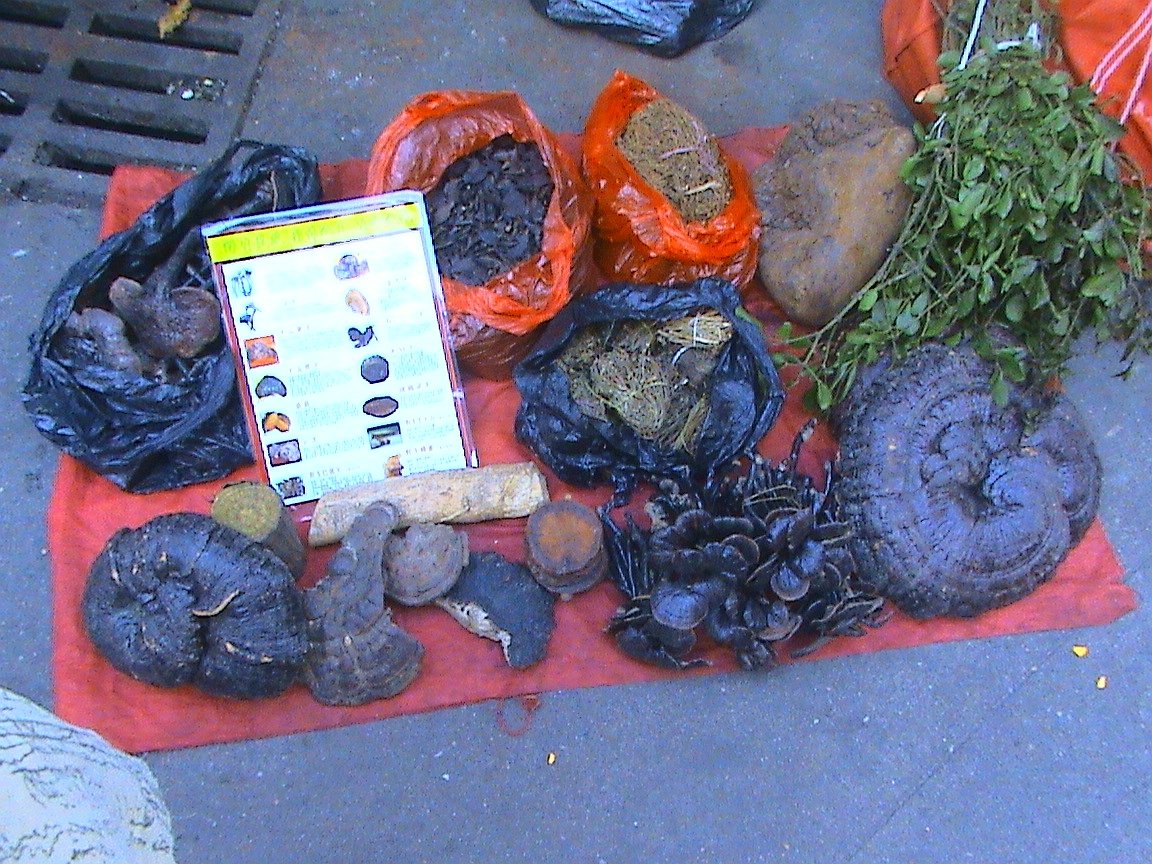
The bizarre tale of Ophiocordyceps has captivated not only scientists but also artists, writers, and filmmakers. Beyond its horror-movie appeal, this fungus may offer real benefits to humanity. Certain species of Cordyceps have been used in traditional medicine for centuries, believed to boost energy and immunity. Modern researchers are investigating its compounds for potential use in drugs, including antibiotics and treatments for diseases. The same chemicals that turn insects into zombies might one day help save human lives, showing that even the strangest corners of nature can hold unexpected treasures.
What We Still Don’t Know
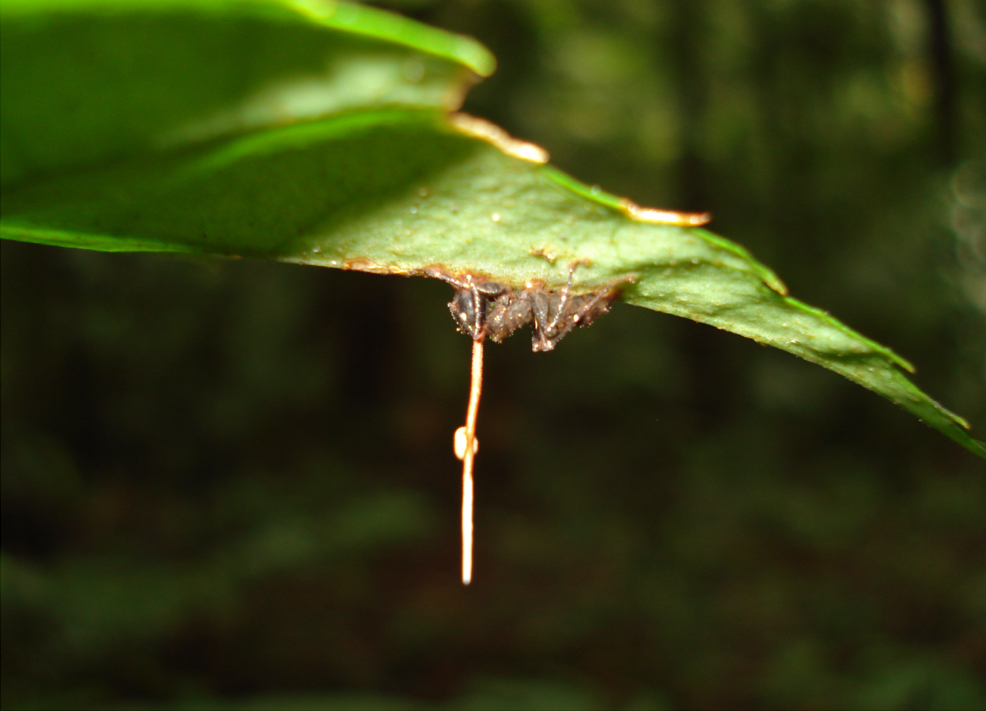
Despite years of study, many mysteries remain about Ophiocordyceps. Scientists are still unraveling exactly how the fungus targets specific species, how it times its attack, and how the mind-control chemicals work at a molecular level. There are hundreds of Ophiocordyceps species, each with its own quirks and specialties, and researchers discover new ones almost every year. The more we learn, the more we realize how complex and astonishing this fungal world truly is.
Astonishing Nature: The Ultimate Survivor
Ophiocordyceps stands as a testament to nature’s creativity—and cruelty. Its story blends science, horror, and beauty in a way few other organisms can match. What starts as a single spore ends in a captivating display of biological artistry, reshaping the fate of not just individual insects, but entire ecosystems. The next time you wander through a forest, imagine the unseen dramas playing out beneath your feet, with tiny creatures fighting for survival against invisible puppet masters. Isn’t it amazing how even the smallest organisms can have the biggest impact?

